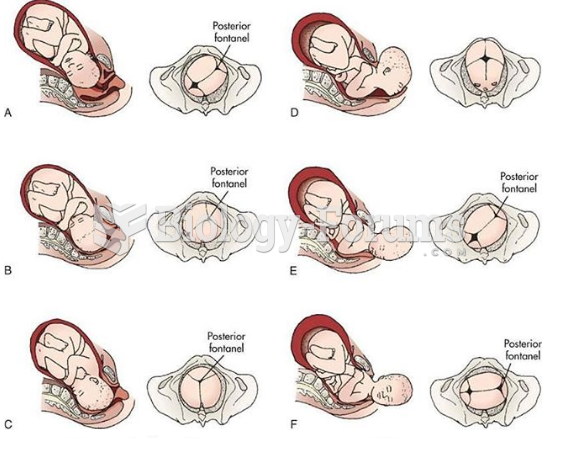Answer to Question 1
Correct Answer: 3,2,5,1,6,4
Rationale 1: This is the third stage where the client person intends to take action in the immediate future (e.g., within the next month). Some people in this stage may have already started making small behavioral changes, such as buying a self-help book. At this stage, the person makes the final specific plans to accomplish the change.
Rationale 2: This is the second stage where the client acknowledges having a problem, seriously considers changing a specific behavior, actively gathers information, and verbalizes plans to change the behavior in the near future (e.g., next 6 months).
Rationale 3: This is the fifth stage where the client strives to prevent relapse by integrating newly adopted behaviors into his or her lifestyle. This stage lasts until the person no longer experiences temptation to return to previous unhealthy behaviors. It is estimated that maintenance lasts from six months to five years
Rationale 4: This is the first stage where the client is not contemplating change for at least 6 months
Rationale 5: This is the sixth and last stage (the ultimate goal) where the individual has complete confidence that the problem is no longer a temptation or threat. It is as if they never acquired the habit in the first place or the new behavior has become automatic
Rationale 6: This is the forth stage where the client actively implements behavioral and cognitive strategies of the action plan to interrupt previous health risk behaviors and adopt new ones. This stage requires the greatest commitment of time and energy.
Answer to Question 2
Correct Answer: 1
Rationale 1: Competing preferences are behaviors over which an individual has a high level of control and depend on the individual's ability to be self-regulating. In this case, the individual must make a choice to use his peak flow meter every day. It's really his choiceeither he uses it or he doesn't.
Rationale 2: Competing demands are behaviors over which an individual has a low level of control; something unexpected competes with a planned activity.
Rationale 3: Situational influences are direct and indirect influences on health-promoting behaviors and include perceptions of available options, demand characteristics, and the aesthetic features of the environment.
Rationale 4: Interpersonal influences are a person's perceptions concerning the behaviors, beliefs, or attitudes of others.







